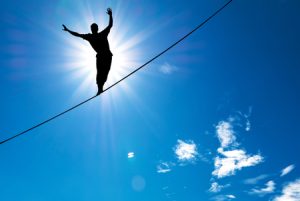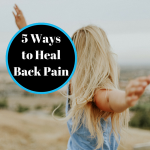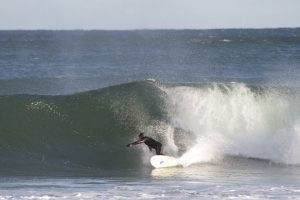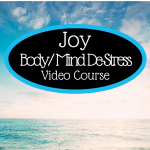Last week I had the amazing opportunity to become a certified
Art of Running instructor!
About 10 years ago Malcolm Balk wrote the Master the Art of Running and thereafter the Master the Art of Working Out. (Click on the blue links to see his books on Amazon.)
Since then he has created a course to teach Alexander Technique teachers how to work with runners and walkers.
I took it and was amazed!
How could such seemingly simple movements transform my running?
Plus these moves also transformed my walking!!!
I cannot wait to teach you more about Malcolm’s approach.
Click on the video below. Malcolm teaches you 3 cool movements that will improve the way your legs and feet track while you walk and/or run.
Most of us stand, walk and run with our feet way too close together.
Many of you have heard me say over time that you should be more like the Eiffel Tower and less like The Empire State Building!!!
How your legs and feet relate to each other is called tracking.
These three simple movements will improve your tracking and trick your brain into wanting to stand walk and run with improved balance.
WOW! Such a simple way to get away from old habits. Try these several times then let me know how they work for you!!
I’d love to hear your thoughts about this!
How You Move Matters! You can learn how to move better with my Amazon bestselling book Agility at Any Age: Discover the Secret to Balance, Mobility, and Confidence. My book is illustrated with 40 videos that you access with your iPad or smartphone!
You can purchase it here.
My name is Mary Derbyshire. I am a fitness and movement coach. My methodology is the Alexander Technique,  a mindfulness practice that teaches you how to move better. When you move better you feel better and when you feel better your whole life improves! Let me know what you think or ask a question! I love to hear from my readers! Feel free to post in the comments section below and feel free to share this with your friends!
a mindfulness practice that teaches you how to move better. When you move better you feel better and when you feel better your whole life improves! Let me know what you think or ask a question! I love to hear from my readers! Feel free to post in the comments section below and feel free to share this with your friends!
You can learn more about the Alexander Technique here.
You can learn more about Malcolm Balk and The Art of Running here

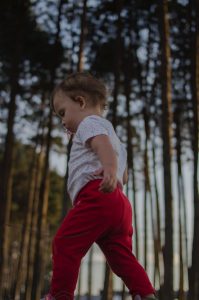
 My name is Mary Derbyshire. I am a fitness and movement coach. My methodology is the Alexander Technique, a mindfulness practice that teaches you how to move better. When you move better you feel better and when you feel better your whole life improves! Let me know what you think or ask a question! I love to hear from my readers! Feel free to post in the comments section below and feel free to share this with your friends!
My name is Mary Derbyshire. I am a fitness and movement coach. My methodology is the Alexander Technique, a mindfulness practice that teaches you how to move better. When you move better you feel better and when you feel better your whole life improves! Let me know what you think or ask a question! I love to hear from my readers! Feel free to post in the comments section below and feel free to share this with your friends!



